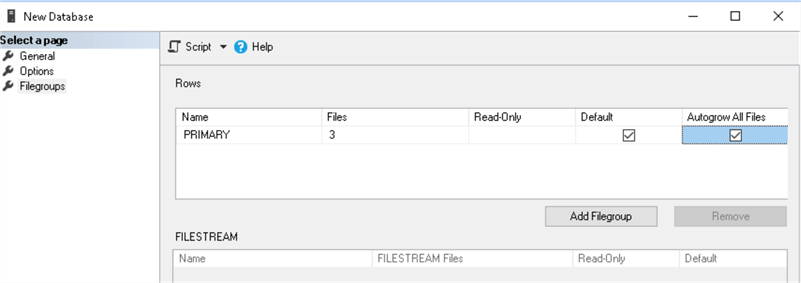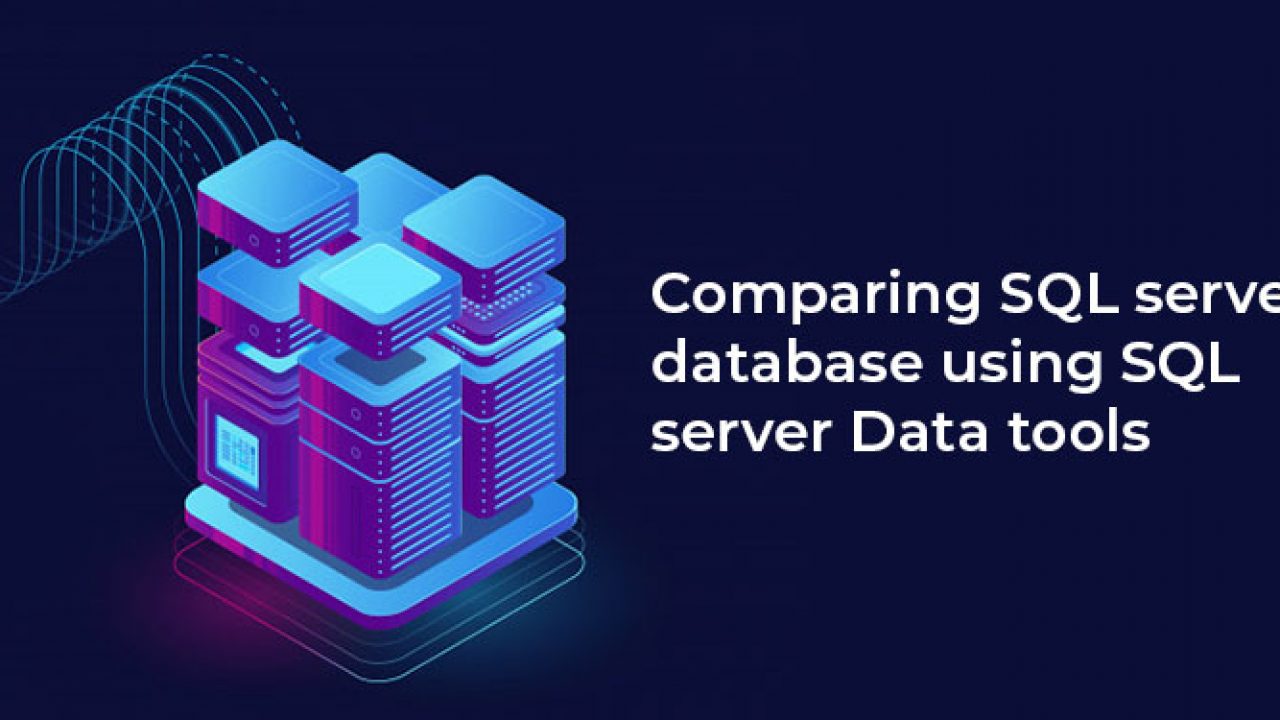
- SQL SERVER MANAGEMENT STUDIO 17 FILE COMPARE INSTALL
- SQL SERVER MANAGEMENT STUDIO 17 FILE COMPARE UPDATE
SQL SERVER MANAGEMENT STUDIO 17 FILE COMPARE INSTALL
Recently I had to install 2014 as the old one stopped working with spatial results with my new SQL Server 2014, and what do you know, it had the same problem as all other instances except 2012. I have a number of SSMS versions installed and always used 2012 because this was the only version that would open all. (I think it's something to do with the assocation to sql_auto_file, rather than ssms.sql15.0) sql files open in the existing instance of SSMS. I manually created those entries in the HKEY_USERS hive for my user based on the values created for my administrator user, and now my.
HKEY_CURRENT_USER\Software\Microsoft\Windows\CurrentVersion\ApplicationAssociationToasts. The particular entries that were wrong which seemed to cause the problem were: It appears that doing it this way populates the correct user specific registry settings in the administrator's account registry rather than mine. My standard user account on the laptop is not an Admin, so SSMS was installed using "run as Administrator". This was a brand new installation of SQL / SSMS on a new laptop so wasn't caused by a conflict with an earlier version. sql files from explorer by double clicking them would open a new instance of SSMS, rather than the existing open one. The post by Alexander G led me to my answer. 
After that SSMS opens sql files in existing SSMS instance and explorer has correct file icon assigned (document with small database icon) Then I've restarted my PC, then installed SSMS 18, then restarted again.
 HKEY_USERS.DEFAULT\Software\Microsoft\SQL Server Management Studio. HKEY_CURRENT_USER\Software\Microsoft\Windows\CurrentVersion\Explorer\FileExts.sql. Removed all records for ssms in HKEY_CURRENT_USER\Software\Microsoft\Windows\CurrentVersion\ApplicationAssociationToasts. HKEY_CURRENT_USER\Software\Microsoft\SQL Server Management Studio. HKEY_CLASSES_ROOT\Applications\Ssms.exe. I removed the following nodes (don't forget to backup each of them prior to deleting!): First of all I've uninstalled SSMS, then I've searched through registry to find and remove all meaningful nodes containing info about SSMS or sql_auto_file. I was finally able to resolve this issue with SSMS 18, but I hope it will fix incorrect behavior of SSMS 17 as well. Uninstalling SSMS 18 and installing 17.9 again did not work either. Then I have tried solutions from the list above but none worked. I have encountered this issue after installing SSMS 18 instead of 17.9. SQL Server Management Studio versions are listed here. Previously, I was using SSMS June 2016 (build: 0.23) with the same SQL Server (.0).īecause of permission, I am not running any application as administrator. On DBA, it is mostly talking about raised permissions, which is not the case with my situation.Įven with the new SSMS 17.9.1 (build: 9.0), I am still pointing to SQL Server 2016 (.0). The suggestion mentioned on SO did not work either. I added "%1" but that did not make any difference.
HKEY_USERS.DEFAULT\Software\Microsoft\SQL Server Management Studio. HKEY_CURRENT_USER\Software\Microsoft\Windows\CurrentVersion\Explorer\FileExts.sql. Removed all records for ssms in HKEY_CURRENT_USER\Software\Microsoft\Windows\CurrentVersion\ApplicationAssociationToasts. HKEY_CURRENT_USER\Software\Microsoft\SQL Server Management Studio. HKEY_CLASSES_ROOT\Applications\Ssms.exe. I removed the following nodes (don't forget to backup each of them prior to deleting!): First of all I've uninstalled SSMS, then I've searched through registry to find and remove all meaningful nodes containing info about SSMS or sql_auto_file. I was finally able to resolve this issue with SSMS 18, but I hope it will fix incorrect behavior of SSMS 17 as well. Uninstalling SSMS 18 and installing 17.9 again did not work either. Then I have tried solutions from the list above but none worked. I have encountered this issue after installing SSMS 18 instead of 17.9. SQL Server Management Studio versions are listed here. Previously, I was using SSMS June 2016 (build: 0.23) with the same SQL Server (.0).īecause of permission, I am not running any application as administrator. On DBA, it is mostly talking about raised permissions, which is not the case with my situation.Įven with the new SSMS 17.9.1 (build: 9.0), I am still pointing to SQL Server 2016 (.0). The suggestion mentioned on SO did not work either. I added "%1" but that did not make any difference.  Registry changes are shown here with excellent screenshots. (SO is so much better than those forums.) This one has almost the same as the previous link. This page lists several solutions suggesting registry changes and file associations, and reinstalling SSMS. I did not have this problem until new SQL Server Management Studio (SSMS 17.9.1) was installed. sql file, a new instance of SSMS is opened. Microsoft standard iconography, colors and other visual effectsĬomparison was conducted on January 24, 2020ĭisclaimer: All product and company names are trademarks ™ or registered ® trademarks of their respective holders.This is not a new problem and there are several solutions floating around on Internet.
Registry changes are shown here with excellent screenshots. (SO is so much better than those forums.) This one has almost the same as the previous link. This page lists several solutions suggesting registry changes and file associations, and reinstalling SSMS. I did not have this problem until new SQL Server Management Studio (SSMS 17.9.1) was installed. sql file, a new instance of SSMS is opened. Microsoft standard iconography, colors and other visual effectsĬomparison was conducted on January 24, 2020ĭisclaimer: All product and company names are trademarks ™ or registered ® trademarks of their respective holders.This is not a new problem and there are several solutions floating around on Internet. 
SQL SERVER MANAGEMENT STUDIO 17 FILE COMPARE UPDATE
Perform a remote update via an executable installation package Restore selected objects from a database backup without restoringĭeploy object changes directly from source control label Narrow schema comparison and synchronization to affected objects only Ignore sensitivity classifications on fieldsīackup Azure SQL managed destination databaseĪutomate comparison and synchronization of SQL Server database objects with a shared script folderĪutomate pulling SQL Server database objects from a shared script folder to a local databaseĪutomate schema snapshot archiving for change auditingĪutomate SQL Server database schemas synchronization Transparent decryption of encrypted objectsĬomparison and synchronization of sensitivity classificationsĬomparison and synchronization of edge constraintsĮxamine differences using the script summary view Source control project (changeset synchronization)ĭatabase installer package (e.g. Source control project (latest version synchronization) Native or natively compressed database backupĭirect execution against database (synchronization)








 0 kommentar(er)
0 kommentar(er)
